Sports events are not just battles of physical prowess and strategic planning, they are also arenas where the human element of decision-making can dramatically influence outcomes.
Often, the controversy stems from decisions made in the heat of the moment by referees, umpires, or officials, whose calls can determine the fate of a game, a career, and sometimes the history of a sport itself.
These moments, when decisions are dissected and debated long after the players have left the field, have become integral to the narrative of sports. They serve as a reminder of the imperfections in human judgment, the limitations of technology at the time, and the deep passions that sports can evoke.
This exploration of the top 10 controversial calls in sports history isn’t just about the calls themselves, but also the circumstances surrounding them, the immediate impact they had, and the long-term repercussions for the sports and individuals involved.
From soccer to baseball, basketball to ice hockey, each sport has had its share of disputed decisions that have sparked debates among fans and experts alike. These incidents have led to significant changes in rules, and the introduction of new technology, and in some cases, have forever altered public perception of a team or a sport.
Here are the Top 10 Controversial Calls in Sports History
1. The Hand of God Goal by Diego Maradona (1986 FIFA World Cup)
The Incident:
During the 1986 FIFA World Cup quarter-final between Argentina and England, Diego Maradona scored a goal using his left hand, which he later famously described as being partially the work of “the hand of God.” The referees missed the handball, and the goal stood, contributing to Argentina’s 2-1 victory over England.
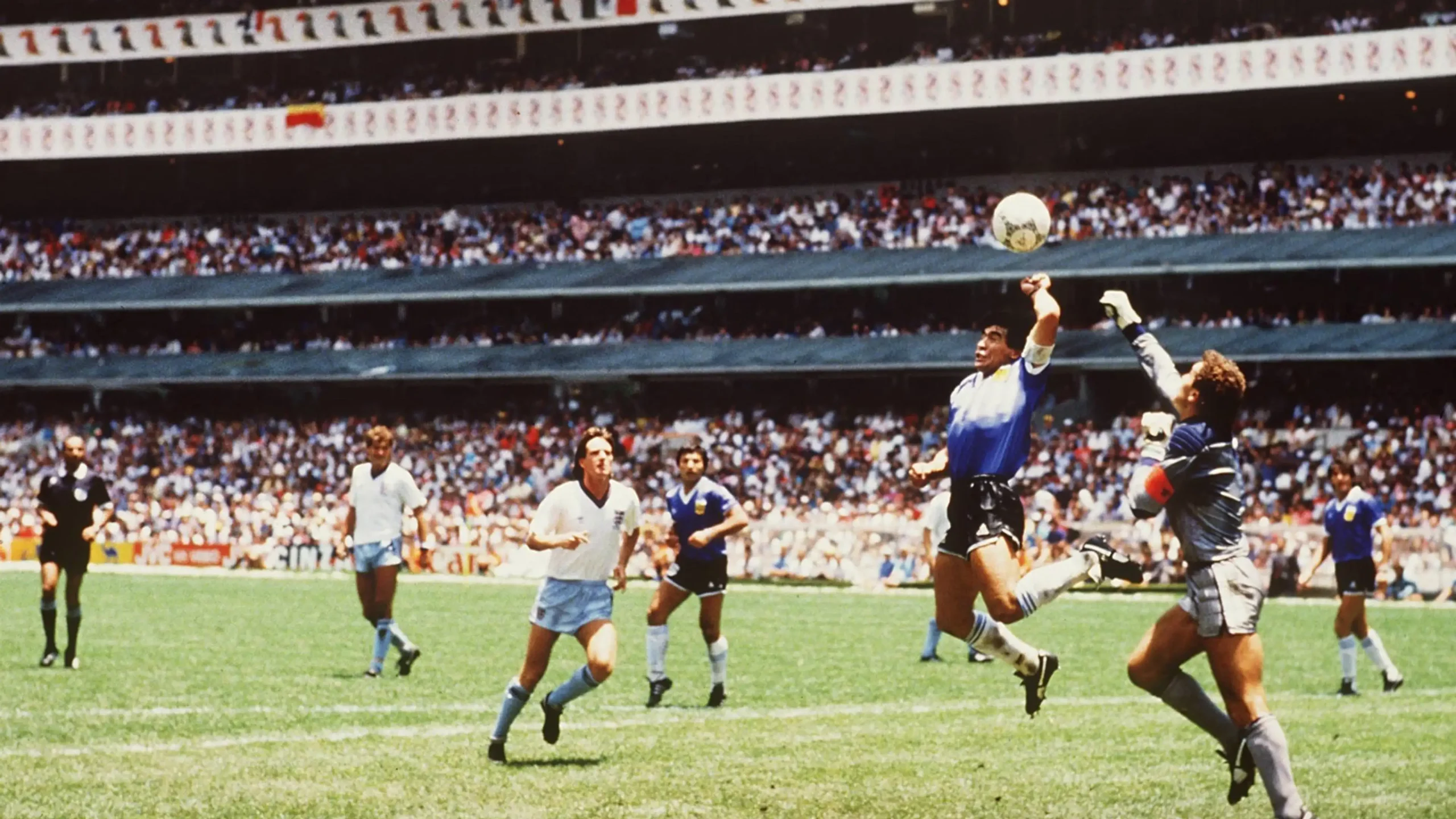
The Controversy:
The goal is one of the most famous and controversial moments in World Cup history. It was a violation of the rules, as players (except the goalkeeper) are not allowed to make contact with the ball using their hands or arms. The incident sparked a huge debate about fair play and the quality of officiating in high-stakes games.
Impact and Repercussions:
Maradona’s ‘Hand of God’ goal not only helped Argentina advance in the tournament, which they eventually won, but it also had a profound impact on the sport. The controversy heightened discussions about the use of video technology to assist referees. Today, systems like VAR (Video Assistant Referee) are integral to the game, seeking to minimize human error in critical decisions.
2. The Tuck Rule Game (2002 NFL Divisional Playoff)
The Incident:
In the 2001-2002 NFL playoffs, a divisional round game between the New England Patriots and the Oakland Raiders was played under heavy snowfall. Late in the game, with the Patriots trailing, Tom Brady was hit by Charles Woodson and lost the ball. Initially ruled a fumble, the call was controversially overturned by the “tuck rule,” which stated that any forward-moving motion by a quarterback’s arm would result in an incomplete pass, not a fumble if the player lost possession as he was attempting to tuck the ball back towards his body.
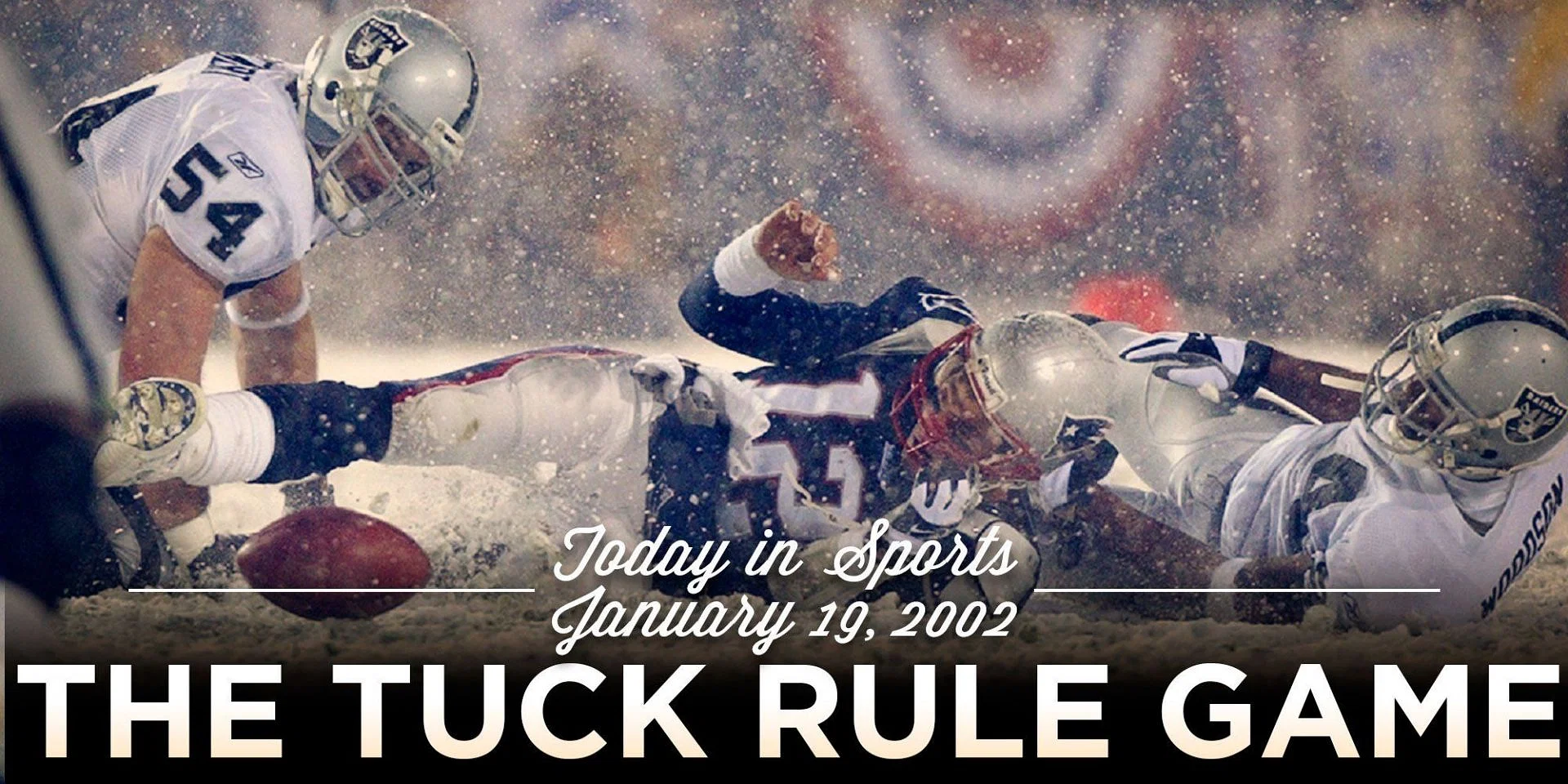
The Controversy:
This decision was met with widespread disbelief and outrage, particularly from Raiders fans who felt that the call cost them a clear chance to win. The rule itself came under heavy criticism for its counterintuitive nature and for how it was applied at such a critical moment of the game.
Impact and Repercussions:
The game ended with a Patriots win, who would go on to win the Super Bowl that year. The tuck rule was eventually abolished in 2013, but the game remains a sore spot in NFL history, particularly for Raiders fans. The incident sparked significant discussion about the clarity of the NFL rulebook and led to efforts to simplify and clarify game rules.
3. The Fifth Set Tiebreak at Wimbledon 2019 (Men’s Singles Final)
The Incident: The 2019 Wimbledon Men’s Singles Final, featuring Novak Djokovic and Roger Federer, was historic for introducing the first-ever fifth-set tiebreak at Wimbledon. After an intense and exhausting match, the score reached 12-12 in the fifth set, triggering the new tiebreak rule. Djokovic won the tiebreak 7-3, claiming his fifth Wimbledon title in what is considered one of the longest and greatest finals in the history of the tournament.
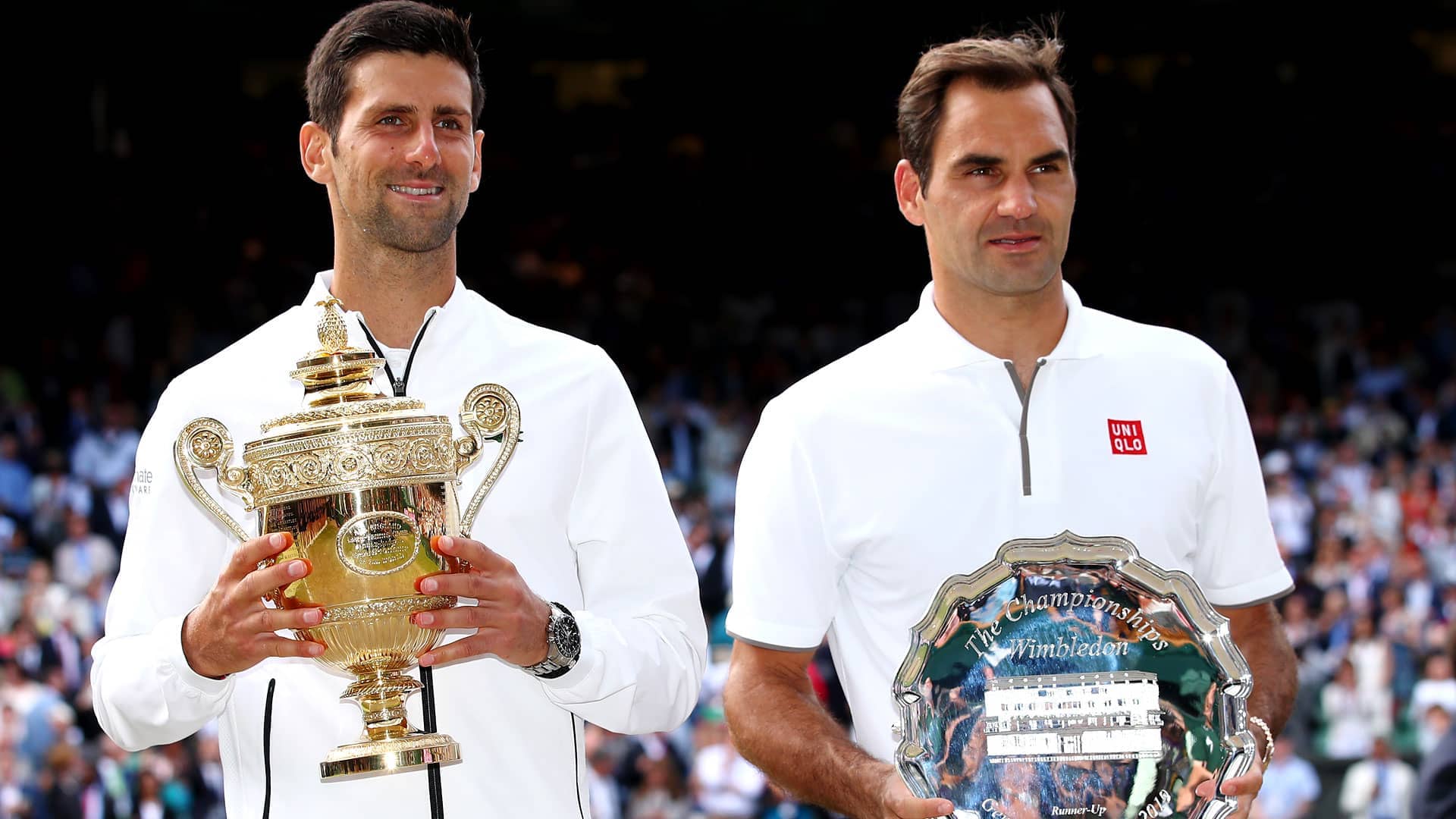
The Controversy: This controversy is unique because it centers not around a misjudgment or error by officials, but rather on a rule change implemented by Wimbledon before the 2019 tournament. Historically, Wimbledon did not employ a final set tiebreak, which allowed some matches to stretch significantly longer, as they required a player to win by two clear games. The rule change was made to prevent excessively long matches, which had occurred in previous tournaments, notably the 11-hour marathon between John Isner and Nicolas Mahut in 2010. While intended to preserve player stamina and manage tournament schedules more effectively, the introduction of the tiebreak at 12-12 was met with mixed reactions. Traditionalists argued that it removed the dramatic endurance aspect that had become a cherished element of the tournament.
Impact and Repercussions: The implementation of the fifth-set tiebreak rule at Wimbledon marks a significant shift in the tournament’s approach to balancing tradition with the physical demands of modern tennis. This rule has sparked widespread debate within the tennis community about the sanctity of traditions versus the necessity of adaptation in response to the evolving nature of the sport. Tennis, with its four Grand Slams, does not have a unified approach to dealing with extended play in final sets. For instance, the US Open has employed a tiebreaker in all sets since 1970, the Australian Open follows a similar format but with a first-to-10-points tiebreak in final sets, and the French Open remains the only slam without a tiebreaker in the final set.
4. The Phantom Foul on Kareem Abdul-Jabbar (1974 NBA Finals)
The Incident: Game 5 of the 1974 NBA Finals featured the Milwaukee Bucks against the Boston Celtics, two powerhouse teams vying for the championship title. In the closing seconds of a tightly contested game, a foul was called on Kareem Abdul-Jabbar as he contested a shot by John Havlicek. The foul was controversial because replays later showed that there was minimal contact, if any. Havlicek went on to make both free throws, tying the game and pushing it into overtime, where the Celtics eventually triumphed. This game was crucial, as it swung the momentum of the series, which Boston ultimately won in seven games.
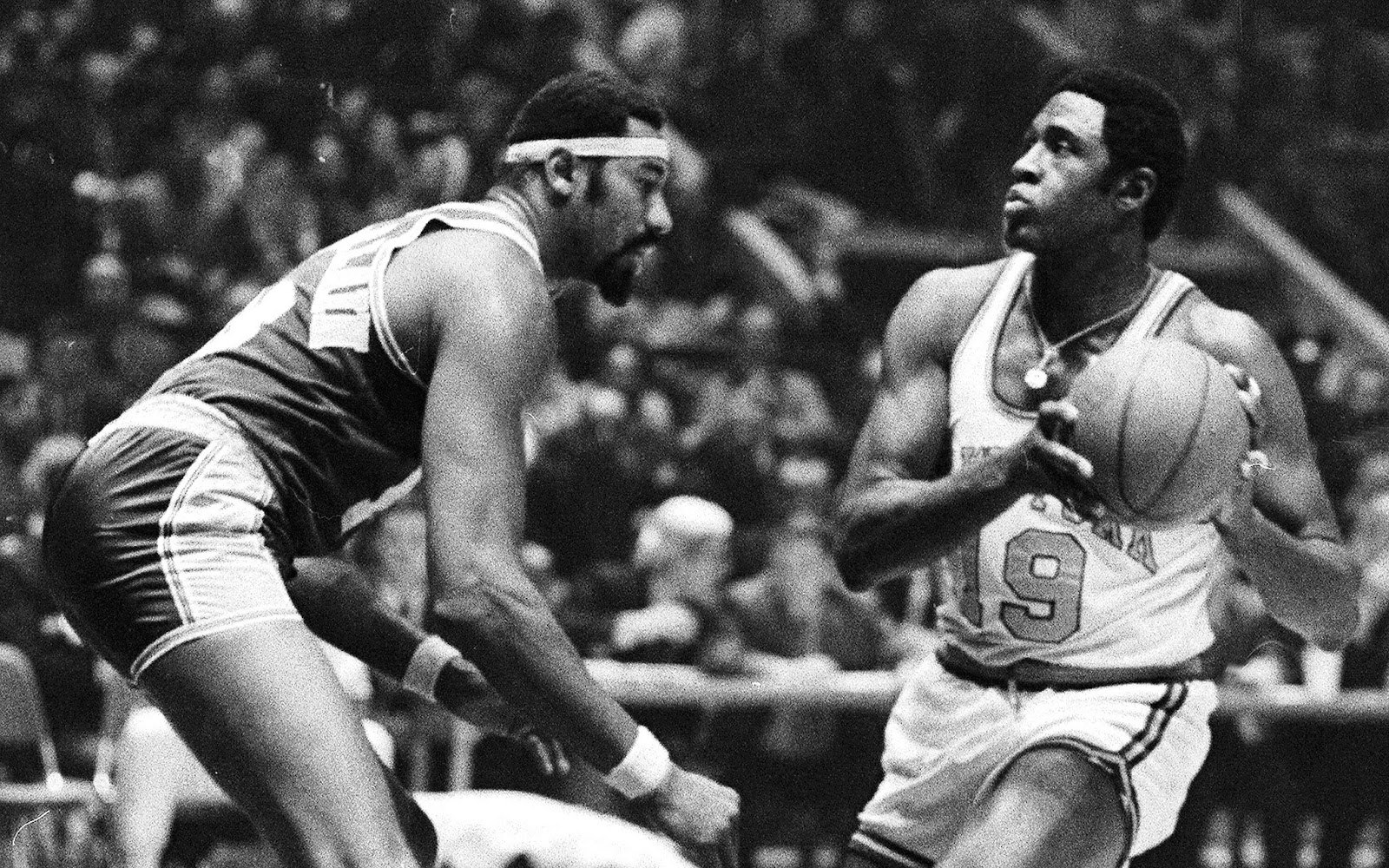
The Controversy: The controversy arose from what many observers felt was an incorrect call that had significant consequences. In basketball, as in many sports, late-game decisions by referees can have a disproportionate impact on the outcome. The call against Abdul-Jabbar was immediately contentious because it was made at a crucial moment, and replays suggested that the contact did not warrant a foul. This incident is particularly significant because it potentially altered the outcome of the NBA Finals, one of the sport’s most critical stages.
Impact and Repercussions: The “phantom foul” is a landmark moment in NBA history, frequently cited in discussions about officiating and the integrity of the game. It led to heightened scrutiny of NBA referees and sparked debates about the need for reforms in officiating processes. The controversy helped accelerate the adoption of replay technology in the NBA, with the league gradually implementing more comprehensive systems to review plays and ensure accuracy in officiating. This event also highlighted the human element of officiating in sports, where split-second decisions can have far-reaching consequences.
The controversy also had implications for how games are managed under pressure and the psychological impact on players and teams. The Celtics’ ability to capitalize on the call and Abdul-Jabbar’s performance in subsequent games were affected by the incident, illustrating how a single moment can influence careers and legacies in sports. This event remains a poignant example of how critical and controversial moments are integrated into the narrative of sports, contributing to its drama and unpredictability.
5. The Disallowed Goal in the 2010 FIFA World Cup (England vs. Germany)
The Incident: During the 2010 FIFA World Cup, a crucial match between England and Germany was marred by a significant officiating error. Frank Lampard of England struck a shot from outside the penalty area that hit the underside of the crossbar and crossed the goal line. However, the goal was not awarded by the referee or his assistant. At the time, Germany was leading 2-1, and Lampard’s goal would have equalized the match. Instead, Germany maintained their lead and eventually secured a decisive 4-1 victory, knocking England out of the tournament.
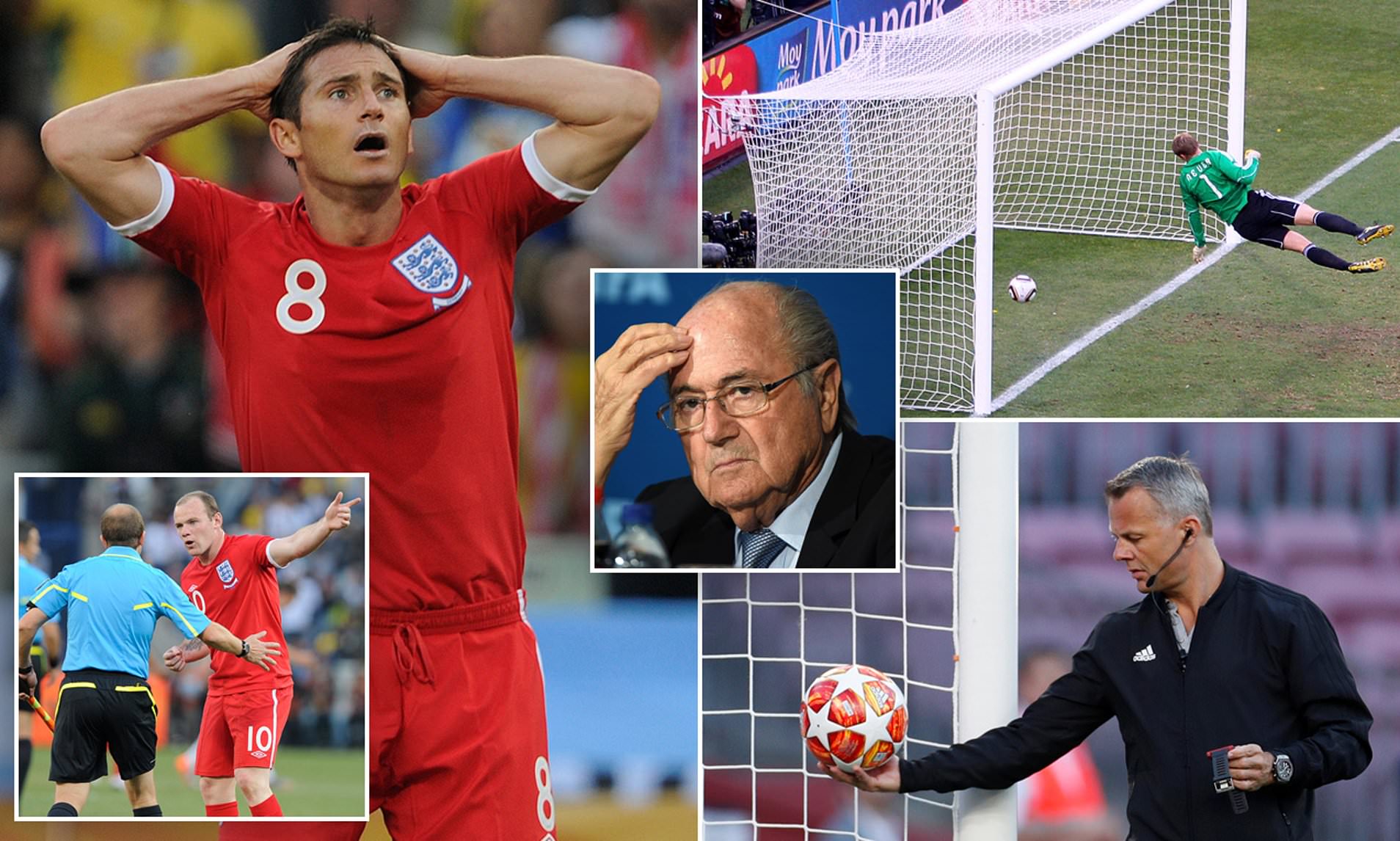
The Controversy: This incident reignited a longstanding debate about the use of technology in soccer. The clear error highlighted the limitations of human officiating in a fast-paced game, where a single missed call could drastically influence the outcome of a match. The stakes of the game added to the controversy, as it was a knockout match in the world’s most-watched sporting event, leading to an outcry from fans, players, and officials around the globe.
Impact and Repercussions: The fallout from the disallowed goal was significant and far-reaching. It directly contributed to FIFA’s decision to implement goal-line technology to assist referees in determining whether the ball has crossed the goal line. By the 2014 World Cup, this technology was in place and being used to make critical goal-line decisions. This shift was part of a larger movement within sports toward incorporating technology to aid in officiating, reflecting a broader trend of integrating digital innovation in traditional sports settings.
The incident also had a profound impact on the discourse surrounding the governance of soccer. It brought to light the need for transparency and accuracy in officiating, which is crucial for maintaining the credibility of competitions. The implementation of goal-line technology can be seen as a watershed moment in soccer, prompting a reevaluation of other areas where technology could be applied, such as in offsides and penalty decisions.
6. The Infamous No Goal in the 1999 Stanley Cup Final
The Incident: In the 1999 Stanley Cup Final between the Dallas Stars and the Buffalo Sabres, one of the most controversial goals in NHL history was scored. Brett Hull of the Dallas Stars scored the series-clinching goal in triple overtime of Game 6. However, replays showed that Hull’s skate was in the crease before the puck, which according to the rules at the time, should have disallowed the goal.
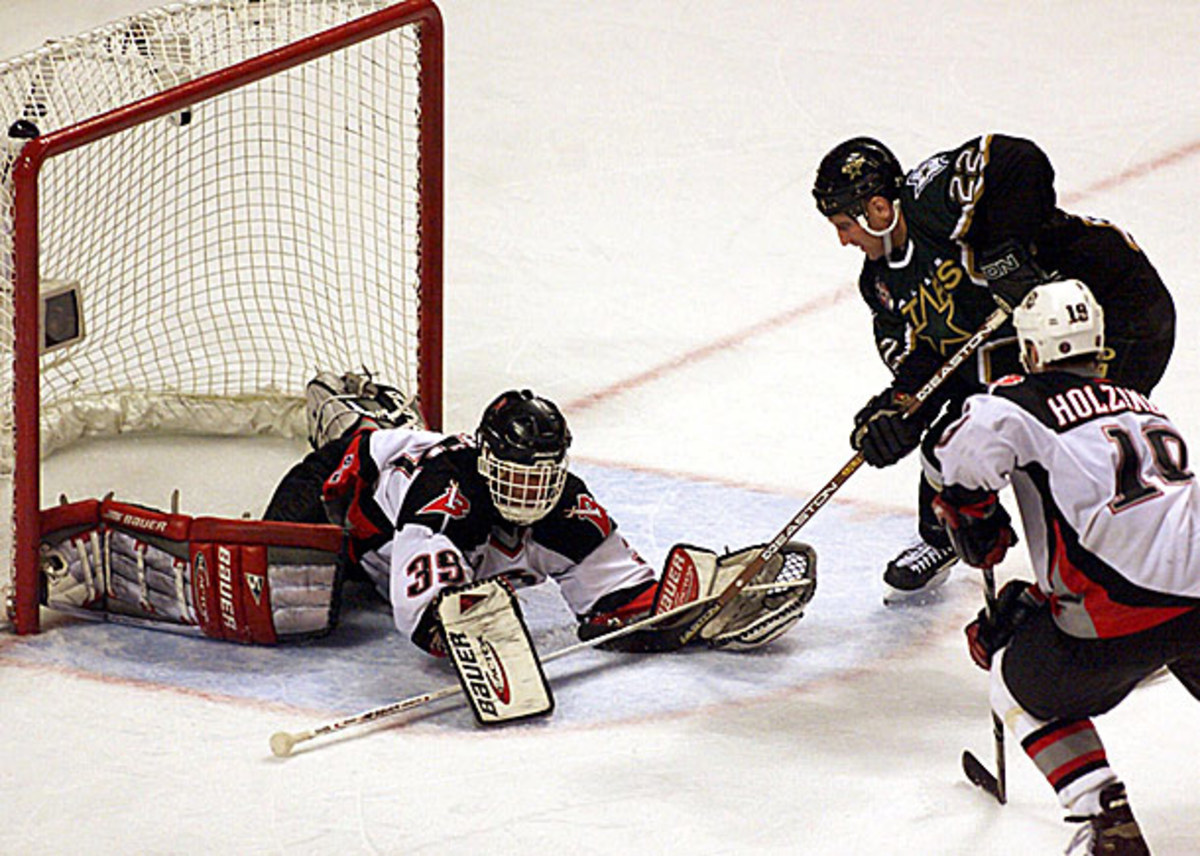
The Controversy: The controversy centered around the NHL’s “crease rule,” which stated that if any part of a player’s skate entered the goalie’s crease before the puck, any resulting goal should be disallowed. The rule was intended to protect goalkeepers and ensure clear conditions for a goal. Despite video evidence showing Hull’s skate in the crease ahead of the puck, the goal was upheld, and the Stars were awarded the Stanley Cup.
Impact and Repercussions: This incident had a profound impact on the NHL, leading to immediate and lasting changes in the rules regarding crease violations. The controversy and backlash were so significant that the NHL eventually abolished the crease rule before the next season, arguing that it was too difficult to consistently enforce and often led to confusion and contentious decisions. The “No Goal” incident is frequently cited in discussions about sports officiating and the use of video replay in making critical game decisions.
The Hull goal also influenced broader conversations about the role of technology in sports, particularly in terms of how it can and should be used to assist on-ice officials. This event played a part in the NHL’s increased embrace of video review processes, which have since become more sophisticated and integral to the game. Furthermore, this incident serves as a stark reminder of the potential consequences of ambiguous rules in sports, prompting leagues to strive for clarity in their rulebooks to avoid similar controversies.
This moment remains a pivotal point in NHL history, not only because it decided a championship but also because it highlighted the complexities and potential pitfalls of sports officiating. It underscores the importance of clear rules and the consistent application of those rules, reflecting a critical juncture where the sport had to adapt to the realities of modern technology and public scrutiny.
7. The Infield Fly Rule Controversy in the 2012 NL Wild Card Game
The Incident: During the 2012 National League Wild Card playoff game between the Atlanta Braves and the St. Louis Cardinals, a controversial call was made based on the infield fly rule. In the eighth inning with two runners on base, a pop fly was hit into shallow left field. Braves shortstop Andrelton Simmons hit the fly ball, which dropped between the Cardinals’ shortstop and left fielder. The umpire called an infield fly, which meant the batter was automatically out, despite the ball landing well beyond the infield.
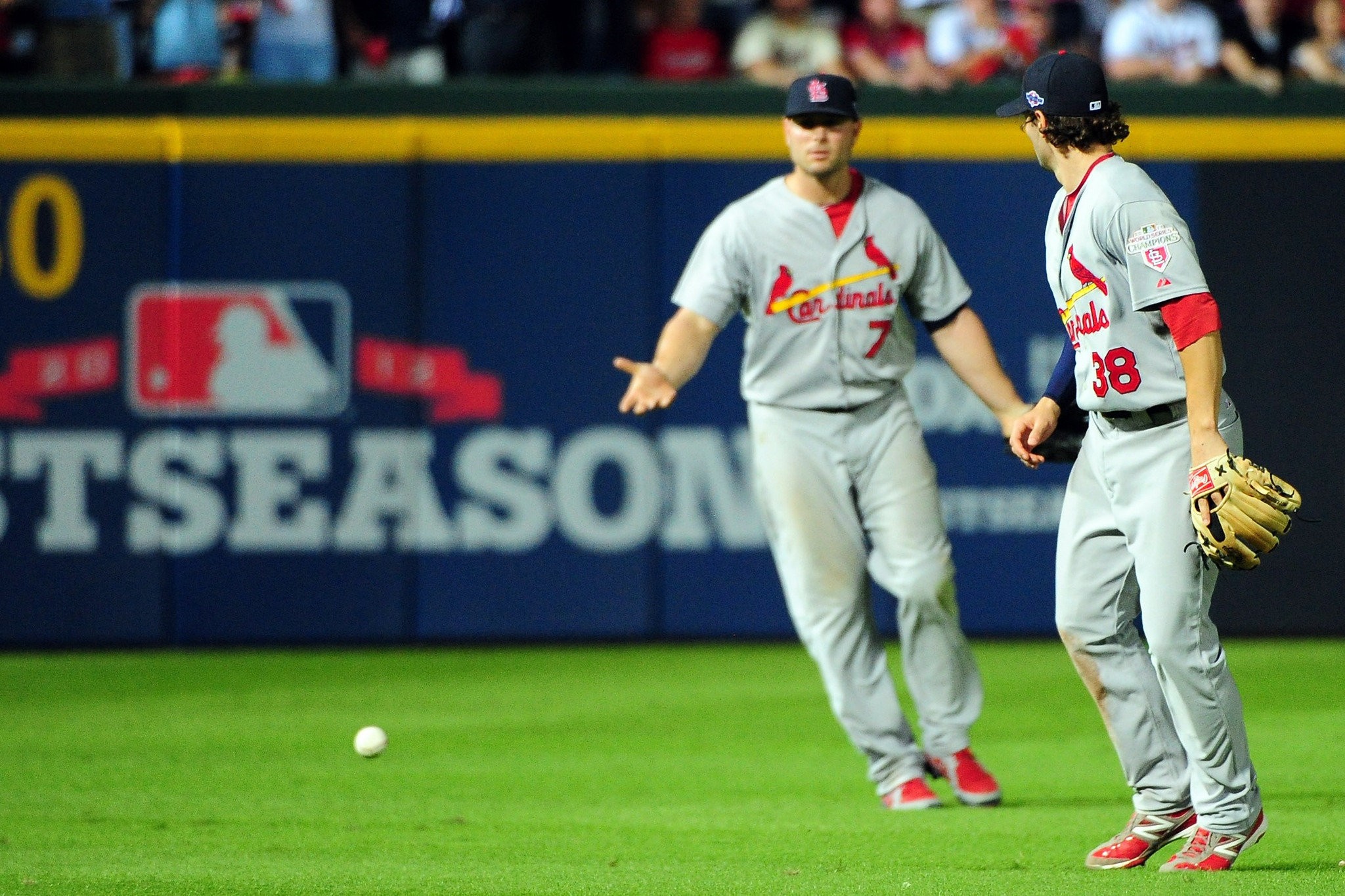
The Controversy: The infield fly rule is intended to prevent infielders from intentionally dropping a pop-up to turn a double play. However, the rule specifies that the call should only be made when the ball can be caught with ordinary effort by an infielder. The controversy arose because the ball landed in what many observers considered to be the outfield, and the play did not seem to involve “ordinary effort.” This call was highly contentious because it occurred during a critical moment in a knockout game, significantly impacting the Braves’ chances of advancing in the playoffs.
Impact and Repercussions: The call led to a significant outcry from fans, players, and analysts, questioning the interpretation and application of the infield fly rule. It also resulted in a delay in the game due to debris being thrown onto the field by upset Braves fans. This incident is often used as a case study in discussions about the clarity of sports rules and the necessity for umpires to exercise discretion appropriately.
The fallout from this call prompted discussions within Major League Baseball about how rules are communicated to and understood by umpires, players, and fans. It highlighted the need for greater consistency in the application of rules and for ongoing education and training for umpires to handle such ambiguous situations effectively. Additionally, this event has been cited in arguments for expanding the use of replay review in baseball to cover more types of plays, a movement that has gained momentum in subsequent years.
8. The Hand of Thierry Henry (2010 FIFA World Cup Qualifier)
The Incident: During a crucial 2010 FIFA World Cup qualifying match between France and Ireland, French striker Thierry Henry controlled the ball with his hand, not once but twice, before passing it to William Gallas who scored the decisive goal. This incident occurred in extra time of the second leg of the playoff, allowing France to qualify for the World Cup at the expense of Ireland.
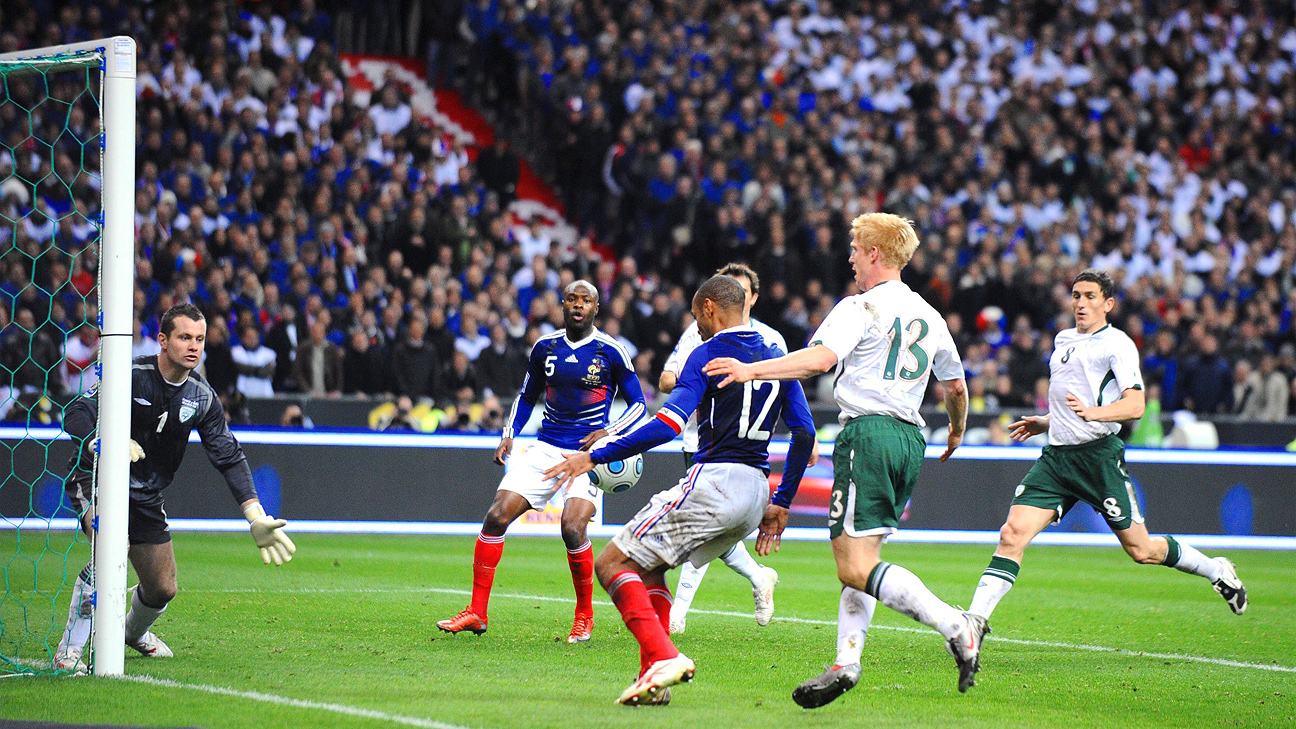
The Controversy: The use of the hand in soccer is explicitly against the rules unless it’s the goalkeeper within their penalty area. Henry’s handball was missed by the match officials, leading to widespread outrage once replays showed the clear nature of the offense. The controversy was intensified by the high stakes of the match—the winner would proceed to the World Cup, the sport’s most prestigious tournament. This incident sparked a massive debate about fairness in sports and the integrity of soccer officiating.
Impact and Repercussions: The “Hand of Thierry Henry” incident had several significant repercussions within international soccer. It intensified calls for the implementation of technological aids for referees, such as video assistant referees (VAR), to prevent such blatant errors in crucial games. The incident tarnished Henry’s reputation among fans and players, with many viewing his action as unsportsmanlike. Moreover, it brought to light the inadequacies in the existing system of officiating at the highest levels of international football.
In response to this incident and others, FIFA gradually introduced more comprehensive review systems, culminating in the approval of VAR for use in the 2018 World Cup. This system is designed to assist referees in making correct decisions concerning goals, penalty calls, direct red card incidents, and mistaken identity.
This moment is also a critical reflection point on the ethical responsibilities of players in observing fair play. The incident led to heated discussions regarding whether players should actively correct referee mistakes if they are aware of them, especially in cases where such actions might disadvantage their team.
9. The Jeffrey Maier Incident (1996 AL Championship Series)
The Incident: During Game 1 of the 1996 American League Championship Series between the Baltimore Orioles and the New York Yankees, 12-year-old fan Jeffrey Maier reached over the fence and deflected a hit by Derek Jeter into the stands for what was ruled a home run. Replays clearly showed that Maier interfered with the ball, which should have been ruled out according to Major League Baseball rules.
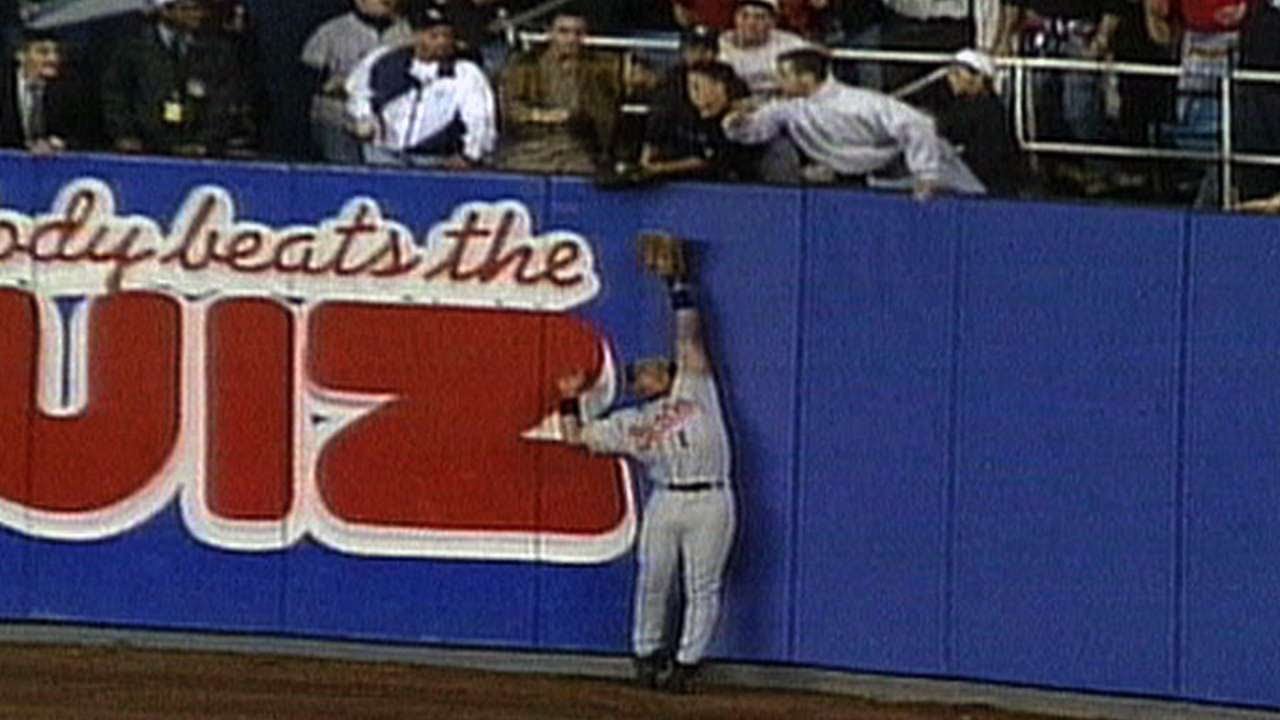
The Controversy: The call was highly controversial because it directly impacted the outcome of the game. The home run contributed to the Yankees’ victory over the Orioles in a tightly contested series. The incident sparked a significant debate about fan interference in baseball and the extent to which games should be influenced by actions from the crowd.
Impact and Repercussions: The Jeffrey Maier incident led to increased scrutiny of fan interference in baseball and prompted discussions about enhancing security measures to prevent such occurrences. It also acted as a catalyst for MLB to adopt a more comprehensive use of replay reviews, particularly for boundary calls such as home runs.
This event has remained a part of MLB lore as a notable example of how external factors like fan involvement can impact the integrity of the game. It led to changes in both stadium security policies and the refinement of rules regarding fan interference, ultimately influencing the broader dialogue about technology’s role in ensuring fair play in sports.
10. The Seventh Inning Stretch Incident (2015 MLB National League Division Series)
The Incident: In Game 5 of the 2015 National League Division Series between the Toronto Blue Jays and the Texas Rangers, a controversial play unfolded during the seventh inning. Russell Martin of the Blue Jays threw the ball back to the pitcher, but it hit the bat of Texas batter Shin-Soo Choo, who was standing in the batter’s box. The ball ricocheted off Choo’s bat and allowed a Rangers runner to score from third. The umpires convened and ruled the play a live ball, allowing the run to stand.
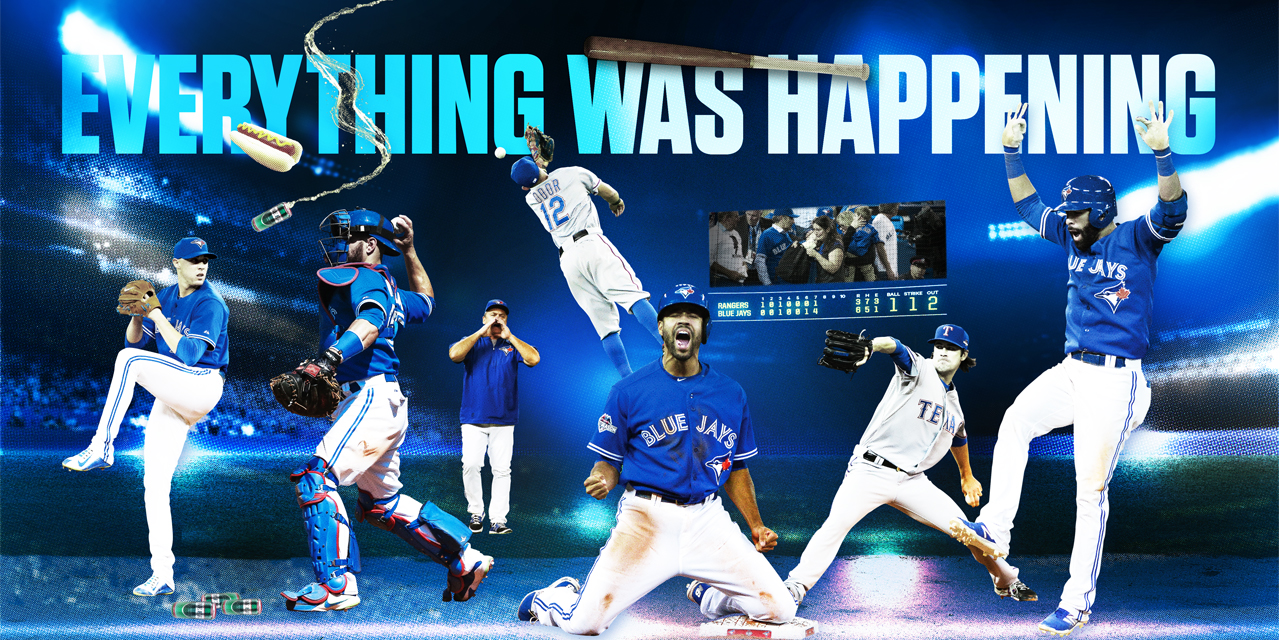
The Controversy: The controversy arose from the interpretation of MLB rules regarding whether a batter interferes with a throw from the catcher to the pitcher. The ruling on the field was that it was an unintentional interference and therefore the play was live. This decision was highly debated because it occurred in a critical game that determined which team would advance to the AL Championship Series.
Impact and Repercussions: This incident led to widespread debate about the clarity and interpretation of MLB rules. The controversy highlighted the complexity of baseball rules and the challenges faced by umpires in making split-second decisions under high-pressure situations. It also sparked discussions about potential rule changes to prevent similar incidents in the future and the role of umpire discretion in determining the outcome of such ambiguous situations.
These moments, controversial and pivotal, underline the intricate balance between human judgment and technological assistance in sports officiating. They demonstrate how each controversial call can become a catalyst for change, prompting sports leagues worldwide to evolve and adapt in pursuit of fairness and accuracy in officiating.









